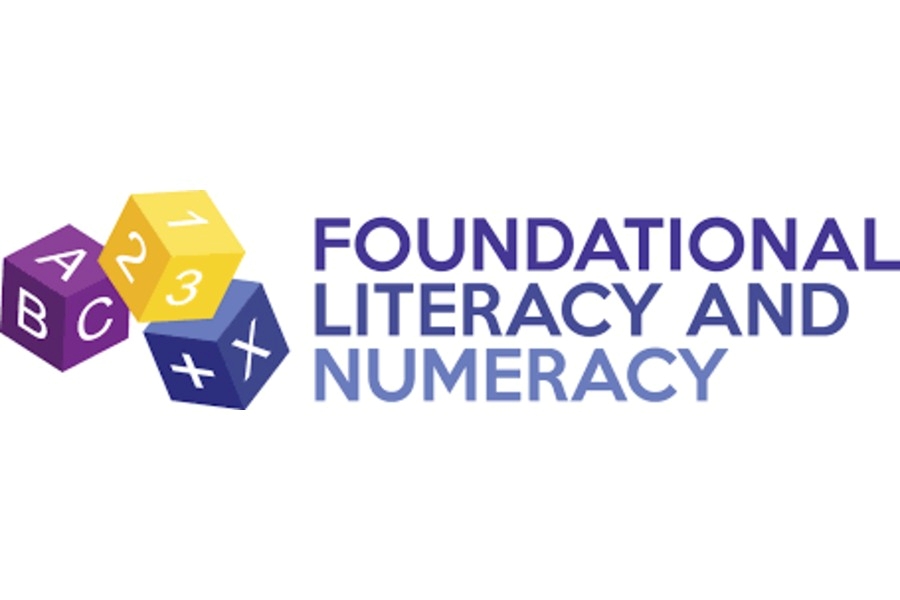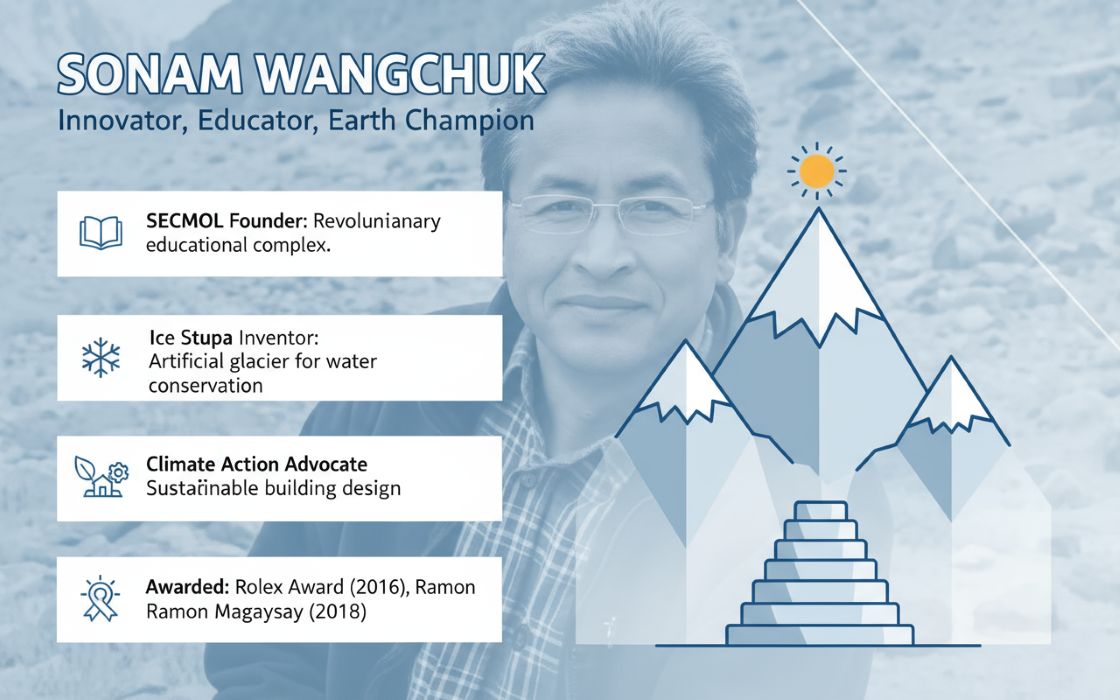As India confronts an escalating water crisis—where 70% of water sources are polluted and nearly 600 million people face high to extreme water stress—the urgency for smarter solutions has never been clearer. With industries, hospitals, and entire cities grappling with unpredictable water access, technology is emerging as a game-changer in the fight for sustainability.
In this in-depth interview, Ganesh Shankar, Founder & CEO of FluxGen, shares how his Bengaluru-based startup is harnessing the power of IoT sensors and AI-driven analytics to transform water management across Indian institutions. From preventing leaks and overuse to enabling data-backed governance and proactive decision-making, FluxGen’s innovations like Aqua GPT are offering real-time solutions to age-old challenges.
Ganesh also explores the need for a Digital Water Grid, how AI can bring fairness and accountability to water use, and why water security must be viewed as economic security. Through real-world success stories and a call for data accountability, this conversation sheds light on how India can achieve industrial resilience and environmental sustainability—one data point and one drop at a time.
Q&A
Q. How do you see the convergence of IoT and AI redefining water management in Indian cities and industries? Could you walk us through the core vision behind FluxGen’s solutions?
A. Before, it was practically difficult for enterprises to identify leaks, optimize usage, and plan for sustainability. Now, they can do so with real-time data from IoT sensors and actionable insights from AI.
Our core vision is to build a water intelligence layer for industries. With precise, real-time information, we're creating a water intelligence layer for businesses so that decision-makers can avoid shortages rather than just respond to them. We’re guiding them toward water positivity, using technology as the bridge between sustainability goals and daily operations. It's about making the shift from mindless consumerism to thoughtful conservation.
Q. With India facing severe water stress and pollution challenges, why do you believe now is the time to push for a 'Digital Water Grid'? What would that look like in practice?
A. Given that 70% of our water is contaminated and that groundwater is running out more quickly than it can be replenished, India is at a turning point. The need for a digital water grid is urgent; it is no longer optional since we cannot manage what we cannot measure.
In actuality, this entails a central system that receives real-time water data from an integrated network of IoT-enabled meters, flow sensors, level monitors, piezometers, and analytics platforms spread throughout high-consumption areas, such as industrial clusters, campuses, and cities. Similar to our national power infrastructure, but designed for accountability, efficiency, and visibility, is the water counterpart. We transition from managing water crises to proactive, data-driven water stewardship in this way.
Q. Aqua GPT is an exciting innovation—how does it work, and how is generative AI helping decision-makers take proactive, real-time action on water use?
A. AquaGPT is our proprietary Gen-AI assistant to improve water management, and we have built it to convert raw, unprocessed sensor data into insights that are useful, understandable and actionable insights. Instead of facility managers scrolling through dashboards or sorting through logs, users now receive natural language alerts and prescriptive recommendations, like: “Leak detected in RO return line: estimated 12% loss. Suggested action: valve inspection.”
Proactive insights are provided to them to encourage a prompt examination. By enabling decision-makers to take action before waste turns into loss, this degree of speed and clarity reduces decision fatigue, speeds up intervention, and makes smart water management accessible, even to non-technical users.
Q. Can you share a case study or example where FluxGen’s technology has led to a measurable difference in water savings or operational efficiency?
A. At St. Martha’s Hospital in Bengaluru, which serves underprivileged communities, we implemented a real-time water monitoring system in partnership with Microsoft. Within the first phase, the hospital achieved a 10% reduction in water consumption, driven by data-backed insights on leaks, overflows, and optimization. With upcoming interventions, we’re targeting up to 50% reduction, setting a replicable model for hospital water sustainability across India.
At Tata Steel’s ferrochromite plant in Atagarh, we helped cut water use from 1 cusec to 0.5. That’s a 20 percent reduction which is enough to meet the daily water needs of over 28,000 homes. With real-time flow data and clear insights, we helped their team move from guesswork to data-backed decisions. It’s a shift from reacting to problems to preventing them, and from using water blindly to managing it wisely.
Q. How do you define the link between water security and economic security, especially in the context of India’s industrial and urban development?
A. In a nation like ours, where water-intensive industries like manufacturing, agriculture, and electricity are the main drivers of growth, water security is as important as economic security. Operations are disrupted, productivity is impacted, and livelihoods are eventually threatened when water becomes unreliable or costly.
Tanker dependence, borewell depletion, and regulatory scrutiny are already driving up costs in urban areas and industrial clusters. Plans for business continuity and expansion halt and ESG targets are not reached in the absence of sustainable water management. Incorporating water intelligence into our growth strategy, viewing water as a strategic resource, not just an operational line item, is essential to ensuring economic resilience in the future.
Q. Why is data accountability critical to the future of sustainable water management in India? What barriers exist to making data-driven water governance the norm?
A. You can’t manage what you don’t measure. That’s especially true for water. Water management without data is just guesswork. We are sure to have the source, the consumption, and the water waste when data accountability exists. It makes things clear, promotes timely action, and brings trust to all the stakeholders, such as communities, industries, and utilities.
The issue is India's occasionally disjointed, old, or absent water data. Many companies continue to rely on monthly estimates or hand-written logs. Compared to the energy sector, which has standards in place, India’s water data infrastructure is still fragmented and informal.
To fix this, we need mandated digital monitoring, unified reporting frameworks, and strong capacity-building across industries and utilities. Data-resilient and sustainable water systems have a solid foundation in data that is not used primarily for compliance.
Q. In your opinion, can AI-driven insights help level the playing field when it comes to equitable water use? How might this reshape policy and public-private partnerships?
A. Because AI eliminates bias and blind spots from decision-making, it can democratize access to water. We can determine who is overconsuming, who is underserved, and where interventions are most required with AI-driven insights, based on actual data, not conjecture.
The design of policies may change as a result of this visibility, moving away from generalized methods and toward more focused, adaptable tactics. Additionally, it increases the transparency and focus on the results of public-private collaborations. Accountability and trust both rise when everyone is using the same real-time data.
When everyone operates from the same truth layer, that is data, collaboration becomes real, and fairness becomes scalable.
Q. What are the biggest cultural or behavioral shifts you’ve seen (or would like to see) among institutions adopting smart water technologies?
A. One of the biggest shifts we’ve seen is how industries have moved on from treating water as a fixed cost to a resource that needs to be managed efficiently. Previously, water management was just someone else’s responsibility, usually the maintenance team. Today, leadership teams are asking for water dashboards in review meetings. That’s a big change, if you ask me.
We’d like to see more companies move from reactive to proactive behavior. Fixing leaks after they cause damage is no longer enough. Smart water management means identifying these issues early and resolving them swiftly, not just for being compliant to external regulations, but because it’s the right thing to do.
Q. FluxGen has received support from Microsoft and the Indian Angel Network (IAN), among others. How have such collaborations helped scale or sharpen your mission?
A. Their support has been essential for us. Microsoft’s Azure and AI ecosystem helped us scale securely, which provided us with access to state-of-the-art cloud and AI solutions. In addition to funding, IAN provided extensive industry knowledge and strategic guidance, particularly with regard to navigating enterprise markets. Our capacity to provide industrial clients with quantifiable water savings was hastened by these partnerships, which also improved our tech stack and sharpened our focus.

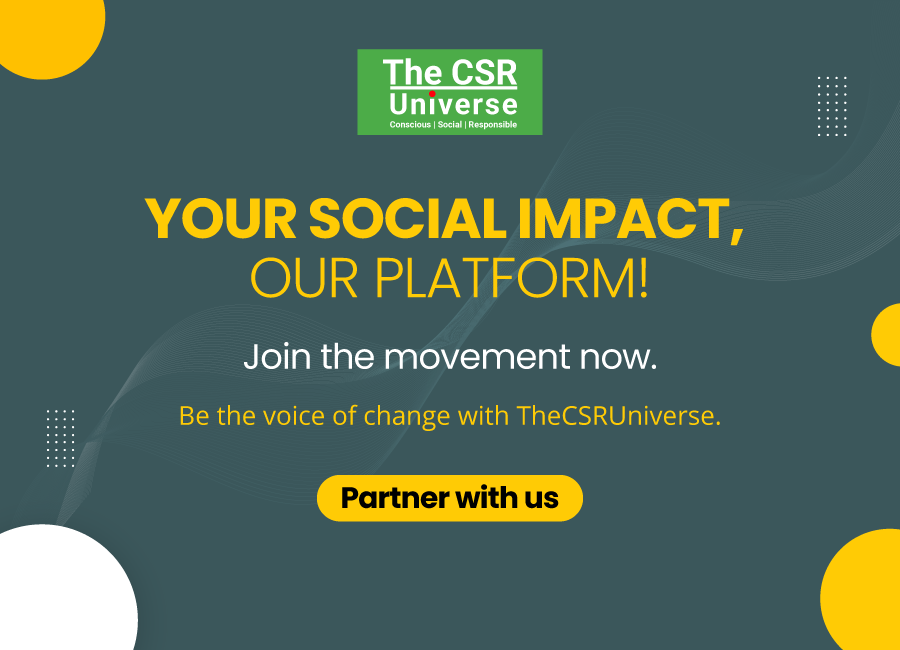

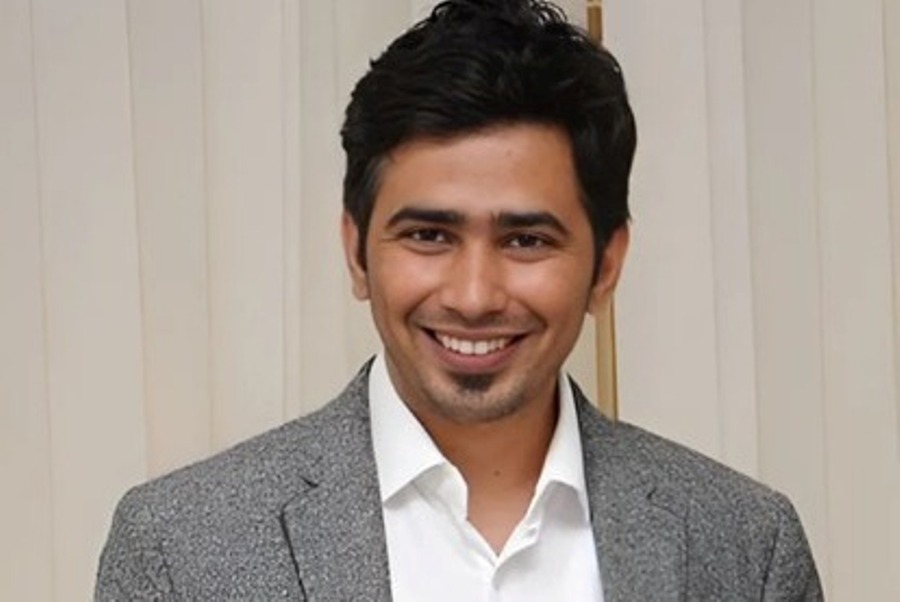


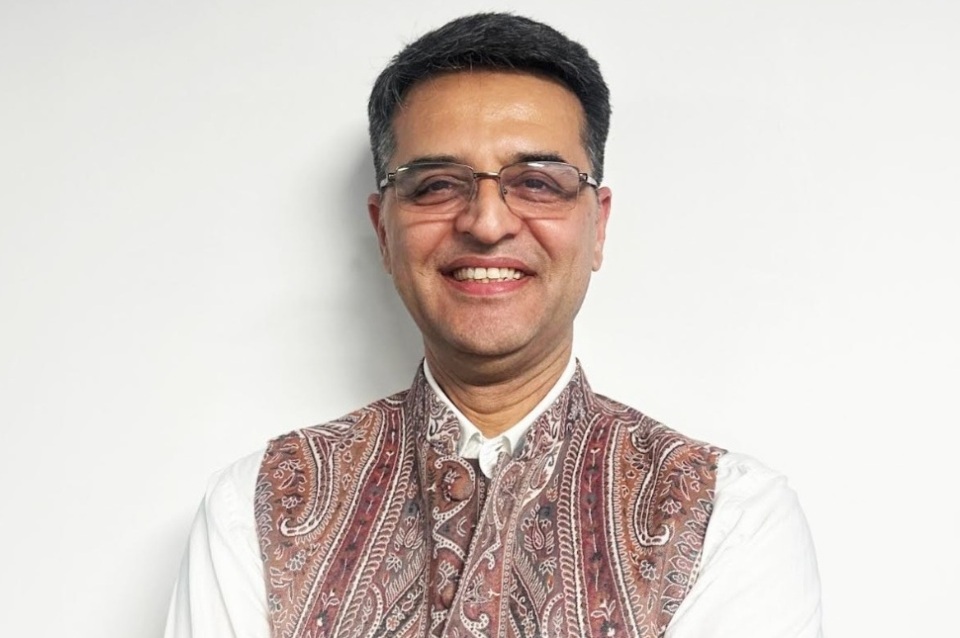
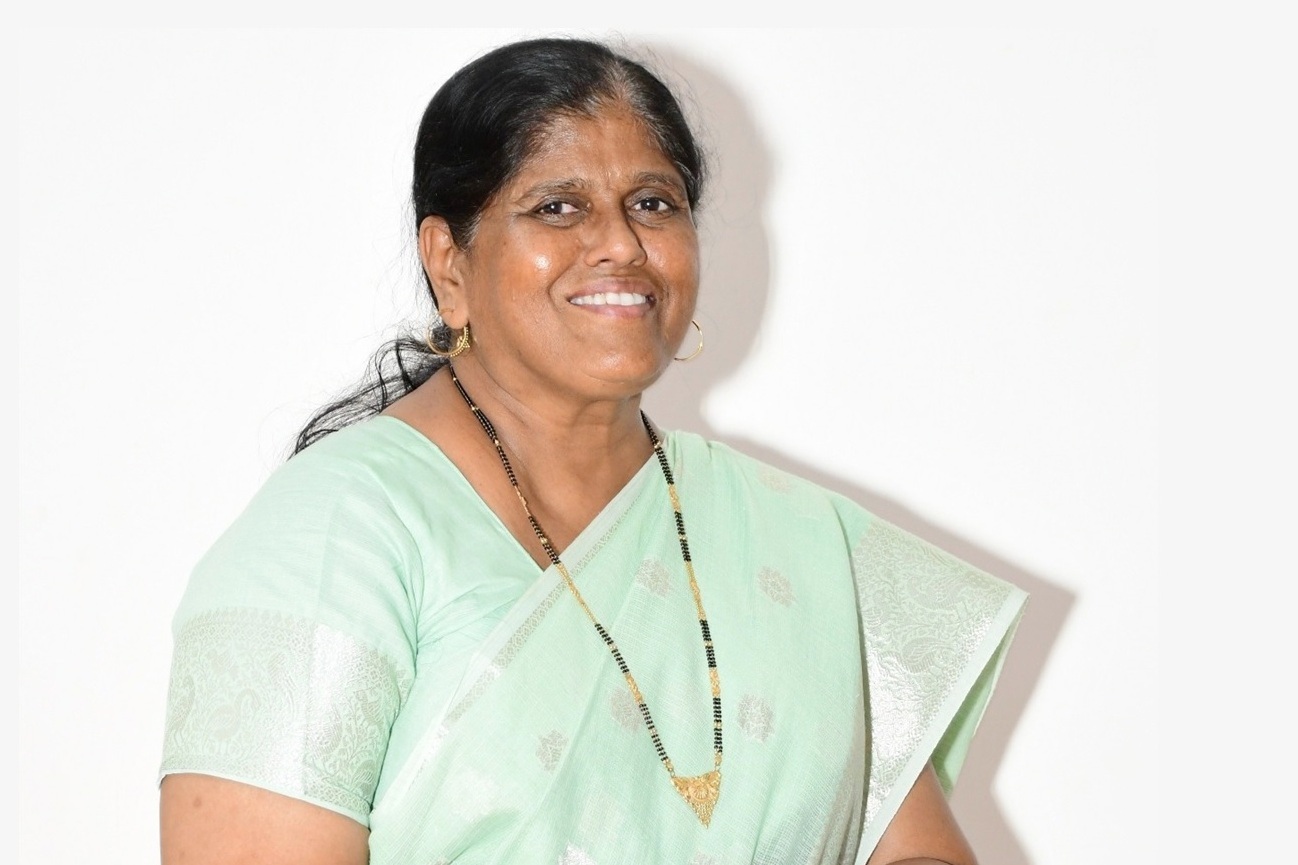


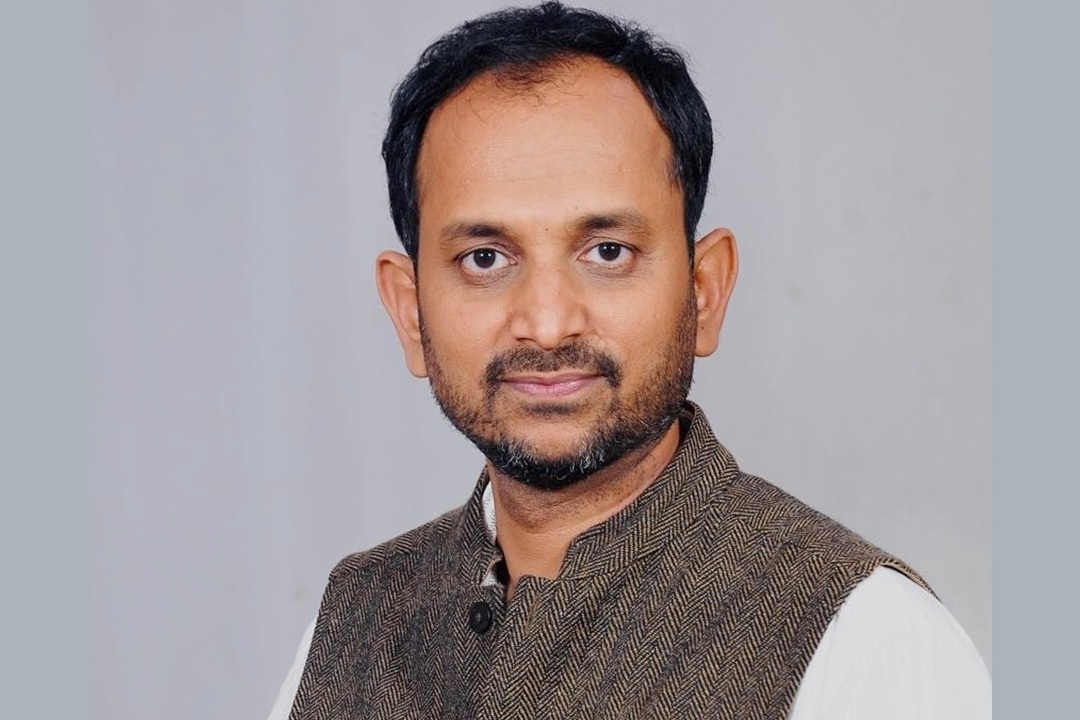
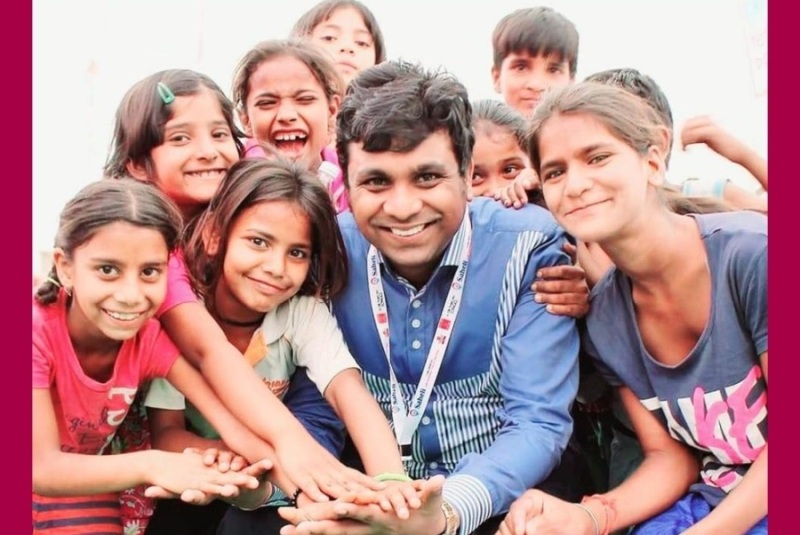

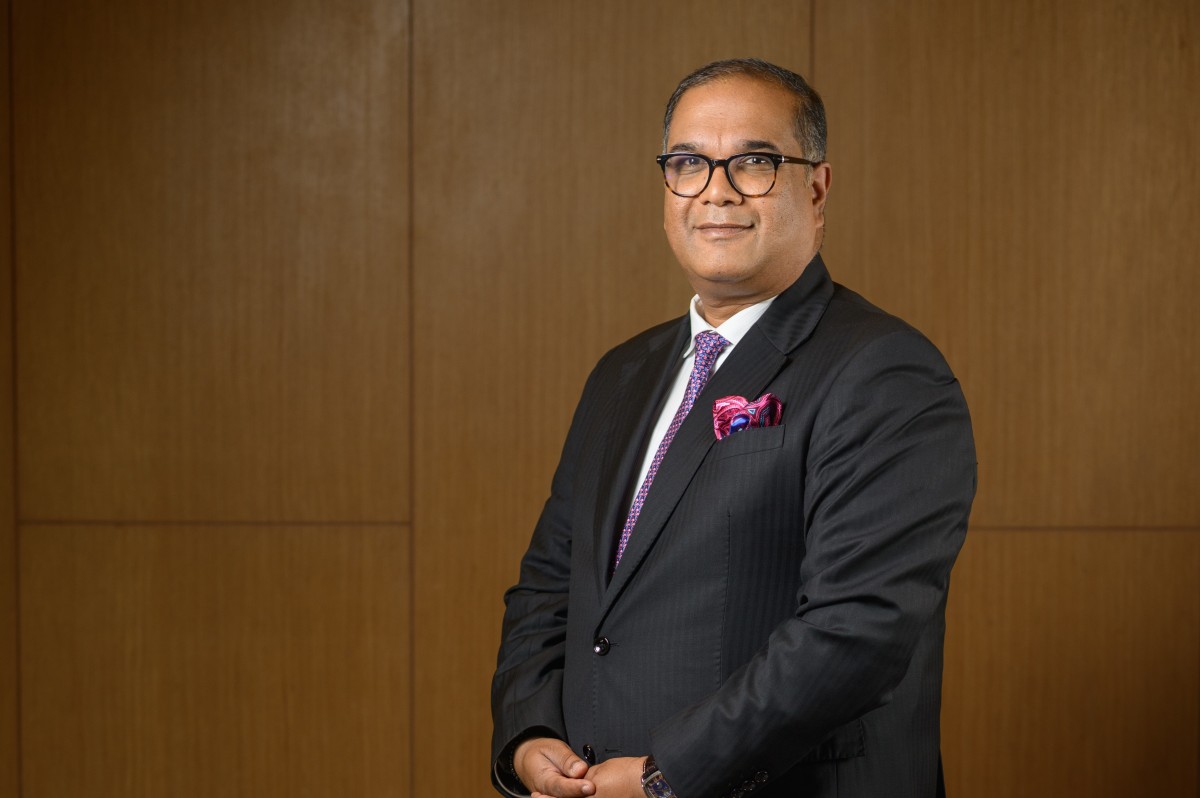
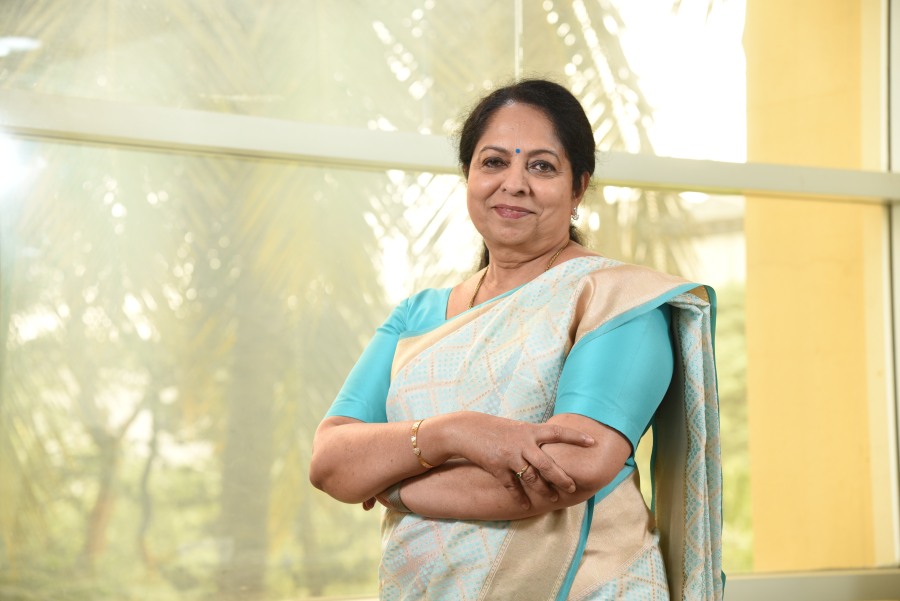
.jpg)
